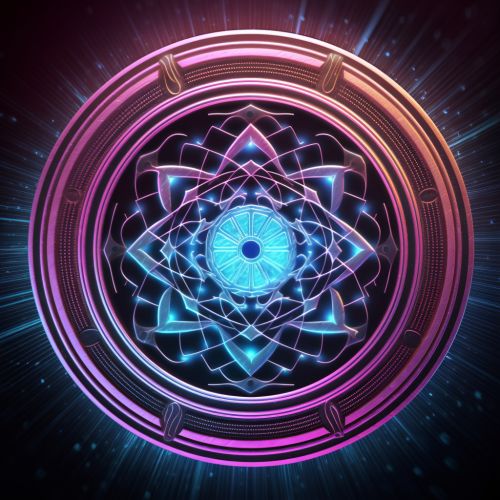The title you provided does not seem to comply with Wikipedias title policy or it is not in English. Suggested title: Ada Cardano
Introduction
Ada Cardano is a digital asset and a decentralized platform that allows complex programmable transfers of value in a secure and scalable fashion. Named after Ada Lovelace, a 19th-century mathematician recognized as the first computer programmer, and Gerolamo Cardano, a 16th-century Italian polymath, Ada Cardano is the internal cryptocurrency of the Cardano platform.


History
The development of Ada Cardano was initiated in 2015 by Ethereum co-founder Charles Hoskinson and formally launched in 2017 by Input Output Hong Kong (IOHK), a blockchain research and development company. The platform began with a vision of 'providing balanced and sustainable ecosystem' that better accounts for the needs of its users as well as other systems seeking integration.
Architecture
The Cardano platform operates on a unique two-layered architecture, namely the Cardano Settlement Layer (CSL) and the Cardano Computation Layer (CCL). This layered approach separates the ledger of account values from the reason why values are moved from one account to the other, providing more flexibility in the design of smart contracts.
Cardano Settlement Layer
The CSL acts as the balance ledger and is the first layer of the platform. This layer uses a proof of stake consensus algorithm called Ouroboros. The CSL is used to transfer Ada from one participant to another and to store the history of transactions.
Cardano Computation Layer
The CCL is the second layer of the Cardano platform and contains the information on why transactions occur. It is a set of protocols that businesses and developers use to move value and create smart contracts.
Ada Cryptocurrency
Ada is the native cryptocurrency token of the Cardano platform, designed to ensure that owners can participate in the operation of the network. Because of this, those who hold the cryptocurrency have the right to vote on any proposed changes to the software.
Smart Contracts
Smart contracts on the Cardano platform allow for the automation of business processes, reducing the need for intermediaries and providing a higher level of security through blockchain technology. These contracts are written in a new programming language developed by IOHK called Plutus, which is specifically designed for financial contracts.
Future Developments
The Cardano platform is being developed in five phases: Byron, Shelley, Goguen, Basho, and Voltaire. Each phase introduces new features and improvements to the platform. The future development of Cardano includes the implementation of a treasury system and a voting system, further decentralizing the platform and giving more power to the Ada holders.
